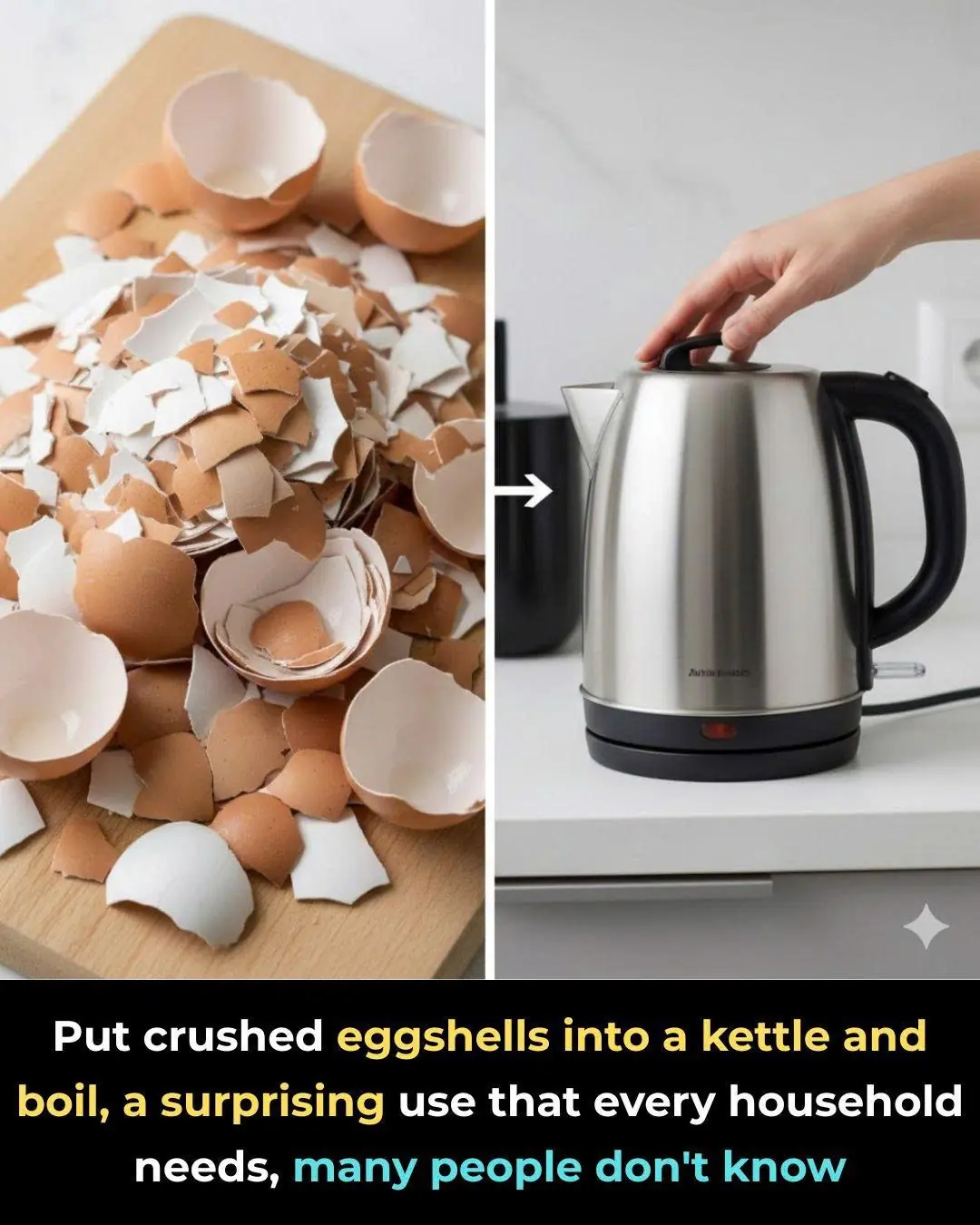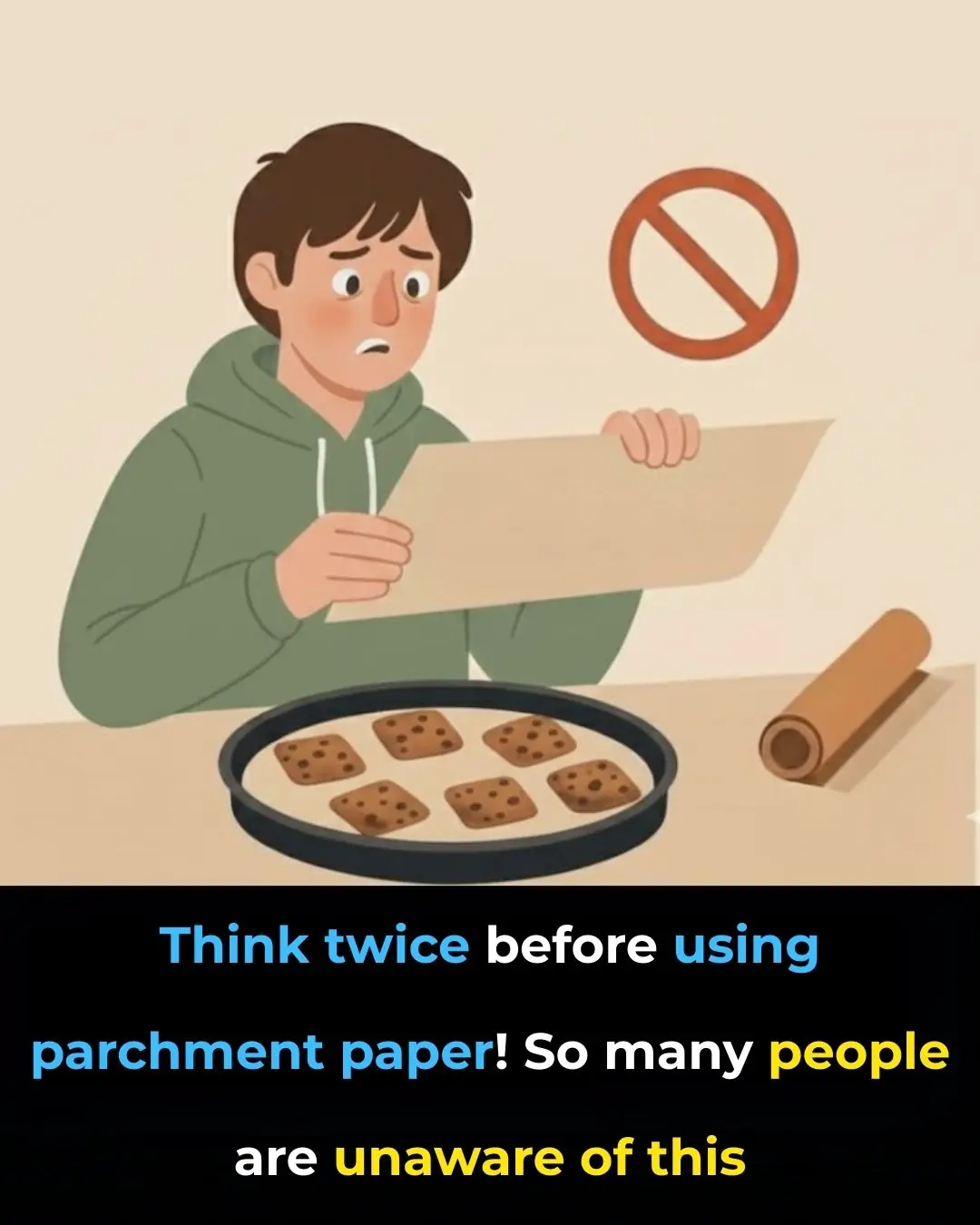
When your non-stick pan loses its coating, don’t throw it away—do this and it will look new again
In many modern kitchens, a non-stick pan is one of the most frequently used tools. It helps us fry eggs effortlessly, sauté vegetables with minimal oil, and clean up without frustration. However, after months or years of continuous use, the pan’s non-stick coating often begins to fade. Food starts sticking to the surface, the pan becomes harder to wash, and many people assume it is time to throw it away. But before you discard your old pan, consider an effective and surprisingly simple method that can bring it back to life. With just a few basic materials and a little care, your worn-out pan can look and perform almost like new.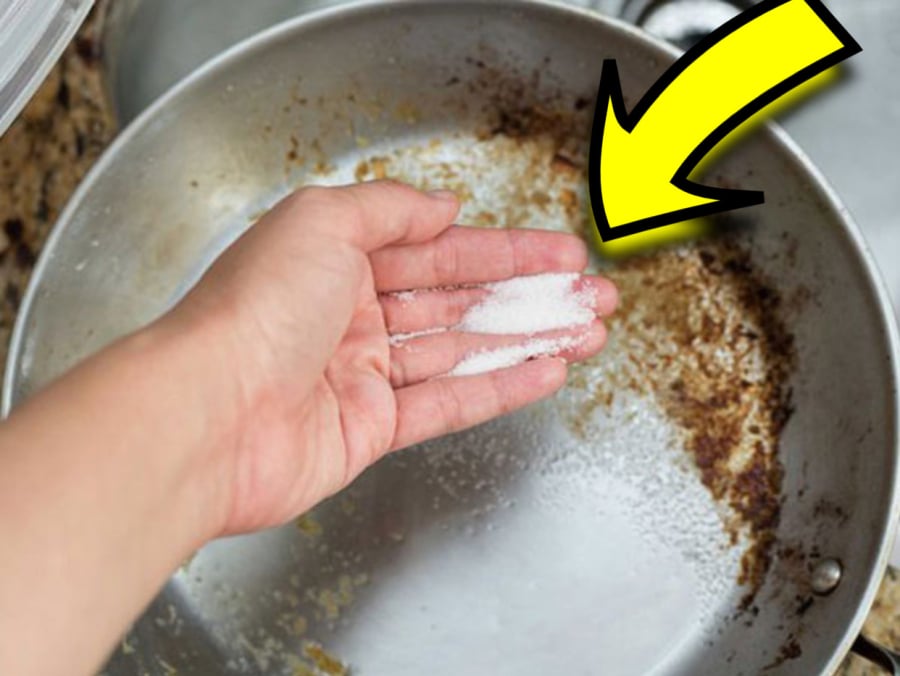
First, let’s understand why the coating disappears in the first place. Non-stick layers can deteriorate due to overheating, using metal utensils, or abrasive scrubbing. Over time, these factors create scratches and remove the smooth surface that once prevented food from sticking. Yet, instead of giving up on the pan entirely, you can restore functionality by applying a natural reseasoning technique similar to what is traditionally used on cast-iron cookware.
To begin the restoration process, clean the pan thoroughly. Remove all food residue and grease using warm water and mild dish soap. After washing, dry it completely. Next, sprinkle a thin, even layer of salt into the pan. Heat the pan on medium heat for a few minutes, stirring the salt gently with a wooden spoon. This step helps remove microscopic impurities and prepares the surface for the next stage. After heating, discard the salt and let the pan cool.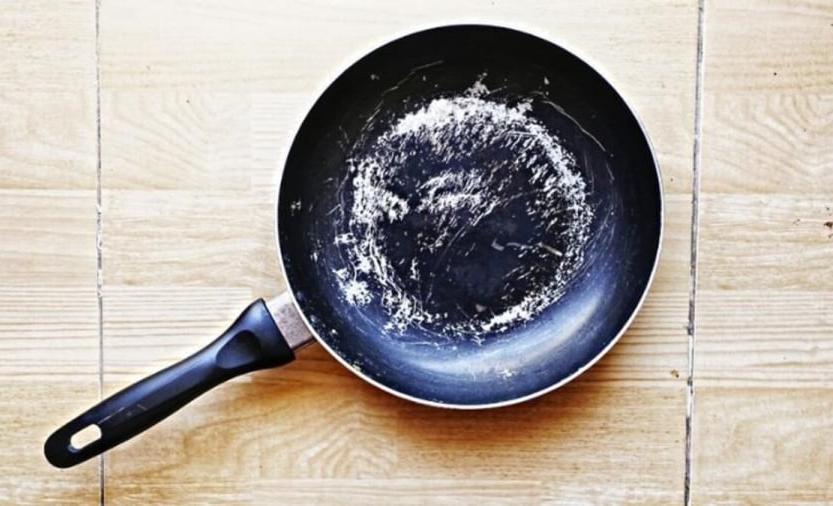
Once cooled, pour a small amount of cooking oil—such as vegetable, canola, or olive oil—into the pan. Use a paper towel to spread the oil across the entire surface, making sure to cover both the center and the edges. Then, heat the pan again on medium-low for around 10–15 minutes. During this time, the oil will bond with the surface, creating a protective, semi-non-stick layer. After heating, allow the pan to cool naturally. Wipe away any excess oil, and your pan will be noticeably smoother and more resistant to sticking.
This method does not magically recreate a factory-made non-stick coating, but it significantly improves the pan’s performance and extends its lifespan. For many households, this means saving money, reducing waste, and making everyday cooking more enjoyable. It is a practical and environmentally friendly habit that aligns with modern efforts to reuse and recycle rather than replace.
To maintain the renewed surface, avoid overheating the pan and do not use metal tools that can scratch it again. Wash it gently with soft sponges, and repeat the oil-seasoning process every few weeks if you cook frequently. With consistent care, the pan can last much longer than expected.
In a world where people often throw things away at the first sign of wear, this simple method reminds us that many items—including our kitchen tools—can be revived with a bit of knowledge and patience. So the next time your non-stick pan loses its coating, don’t rush to buy a new one. Try this simple, practical technique, and you may be surprised at how effectively your pan can return to its former glory.
News in the same category


Dr. Barry Marshall: The Scientist Who Transformed Ulcer Treatment and Changed Modern Medicine

Dr. Paulo de Valdoleiros: The South African Doctor Redefining Accessible Healthcare
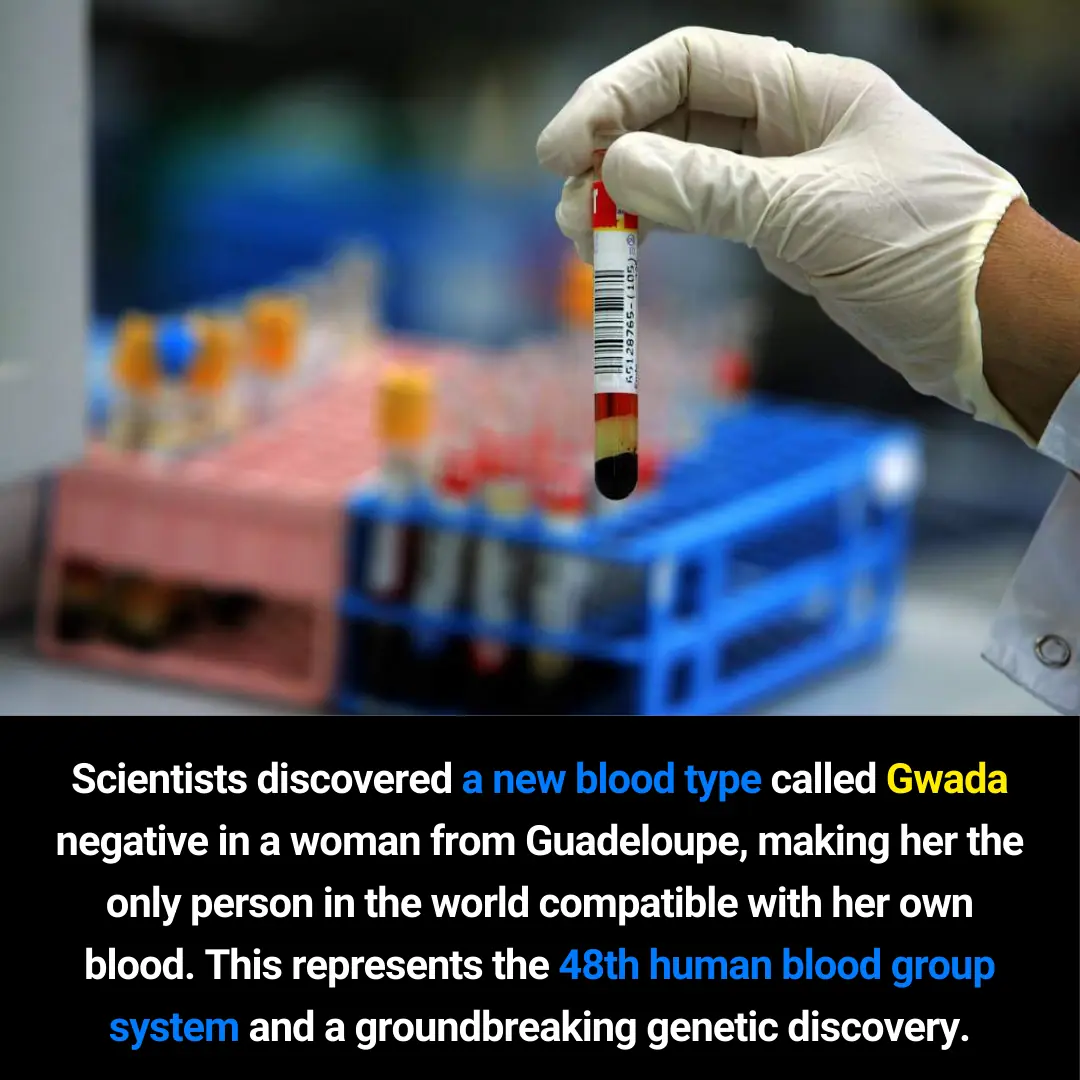
Gwada Negative: The 48th Human Blood Group and an Extraordinary Genetic Discovery

Incredible Survival Story: The Man Who Turned His Broken Car Into a Motorcycle in the Moroccan Desert

A Heartfelt Moment in Morristown: The Viral Message That Honors Healthcare Heroes and Celebrates Human Kindness

Boyan Slat and the Journey to Create The Ocean Cleanup: From a 16-Year-Old’s Idea to a Global Mission to Clean the Oceans

Scientists Reactivate the Brain’s Self-Cleaning System, Hinting at a Breakthrough for Alzheimer’s

mRNA Vaccines Show Early Evidence of Slowing Cancer Progression

The Real Crime Is Hunger: A Judge’s Moral Verdict on a Child’s Desperation

Injectable Gel Breakthrough Brings New Hope for Nerve Regeneration
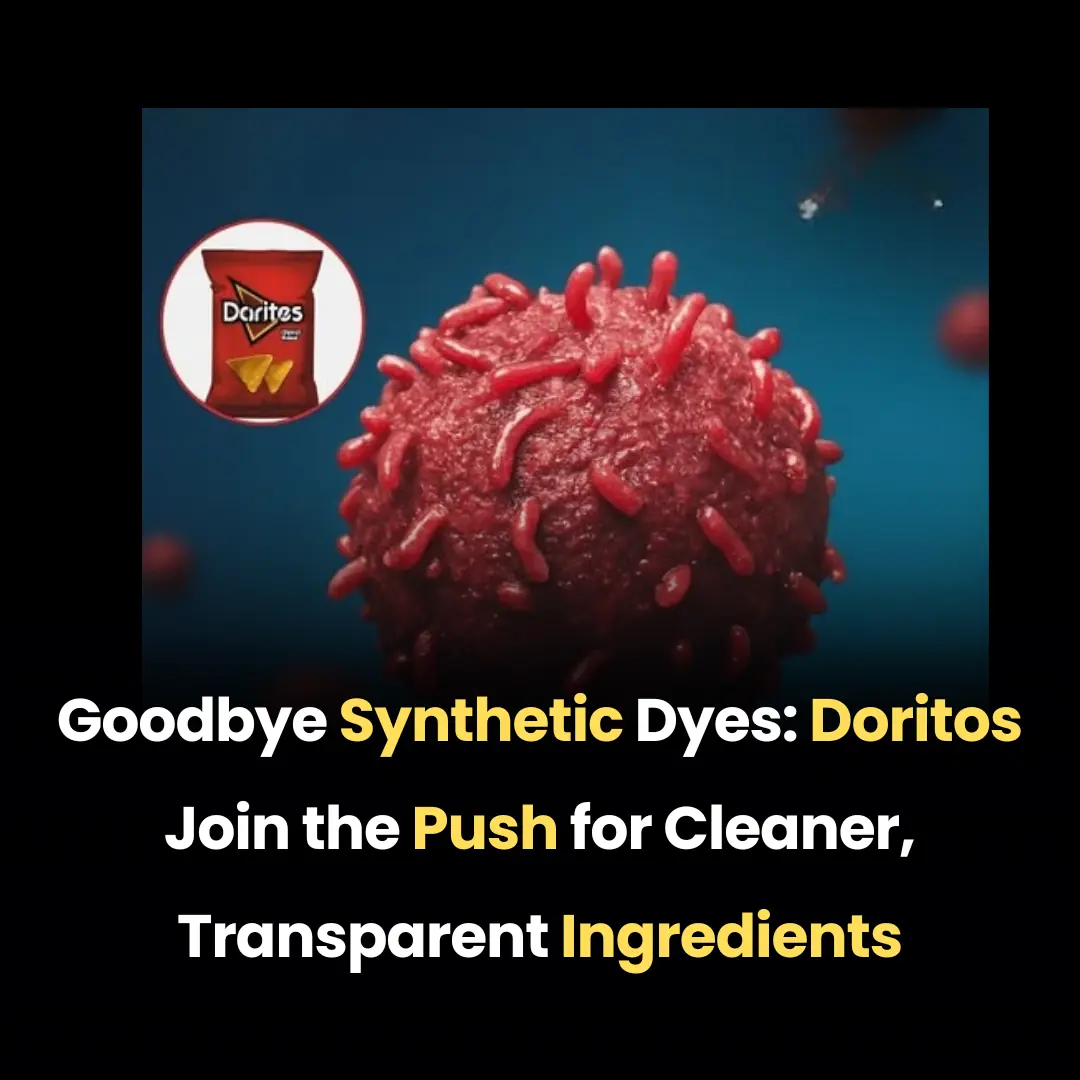
Goodbye Synthetic Dyes: Doritos Join the Push for Cleaner, Transparent Ingredients
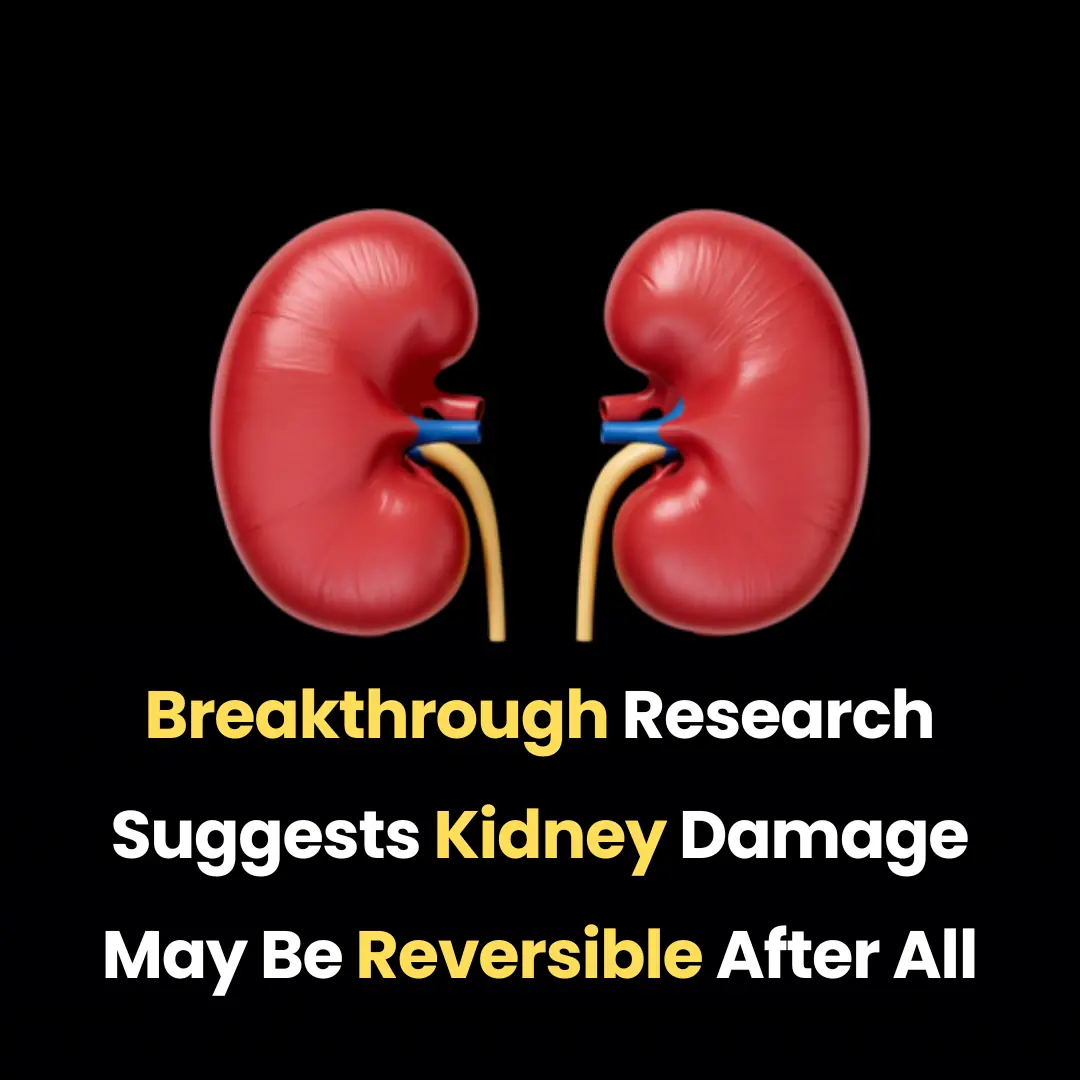
Breakthrough Research Suggests Kidney Damage May Be Reversible After All

How Intermittent Fasting Protects the Heart: New Evidence on Blood Clots and Cardiovascular Health

New Evidence Links Hepatitis C to Brain Pathways in Mental Illness

If You See a Woman Wearing a Wedding Ring On Her Pinky, Here's What It Means

Reinventing Renewable Energy: Germany Launches Compact Turbine for Off-Grid Power

Rethinking Depression: New Brain-Imaging Research Reveals It’s More Than a Chemical Imbalance

Seventeen Years Lost: How a Look-Alike Helped Free an Innocent Man
News Post

Gentle Stretches to Relieve Sciatica Pain

Think Twice Before Putting Parchment Paper in the Oven

Georgia Teen Accepted to 53 Colleges With $1.8M in Scholarships, Inspired by Her Parents’ Legacy

‘Please Keep This’: Serena Williams’ Curve-Hugging Dress In New Photos Has Fans Saying She’s Entered Her ‘Bad Girl’ Era

‘Will They Affect the Flips?’: Simone Biles’ Hourglass Shape in New Video Has Fans Zooming In as They Patiently Await Her Olympic Return

106 & Park to Celebrate 25 Years With an Epic Reunion at the 2025 BET Awards

Sly Stone, Funk Pioneer of ‘Sly &The Family Stone,’ Has Joined the Ancestors

Debbie Allen To Receive Honorary Oscar at This Year’s Governors Awards

NFL Legend Walter Payton Posthumously Honored With Golden Diploma From Jackson State University

Tristan Mack Wilds and Greg Cally Announce Michael K. Williams Creative Fellowship to Honor the Late Actor’s Legacy

9 Black Sibling Groups That Redefined Soul Music
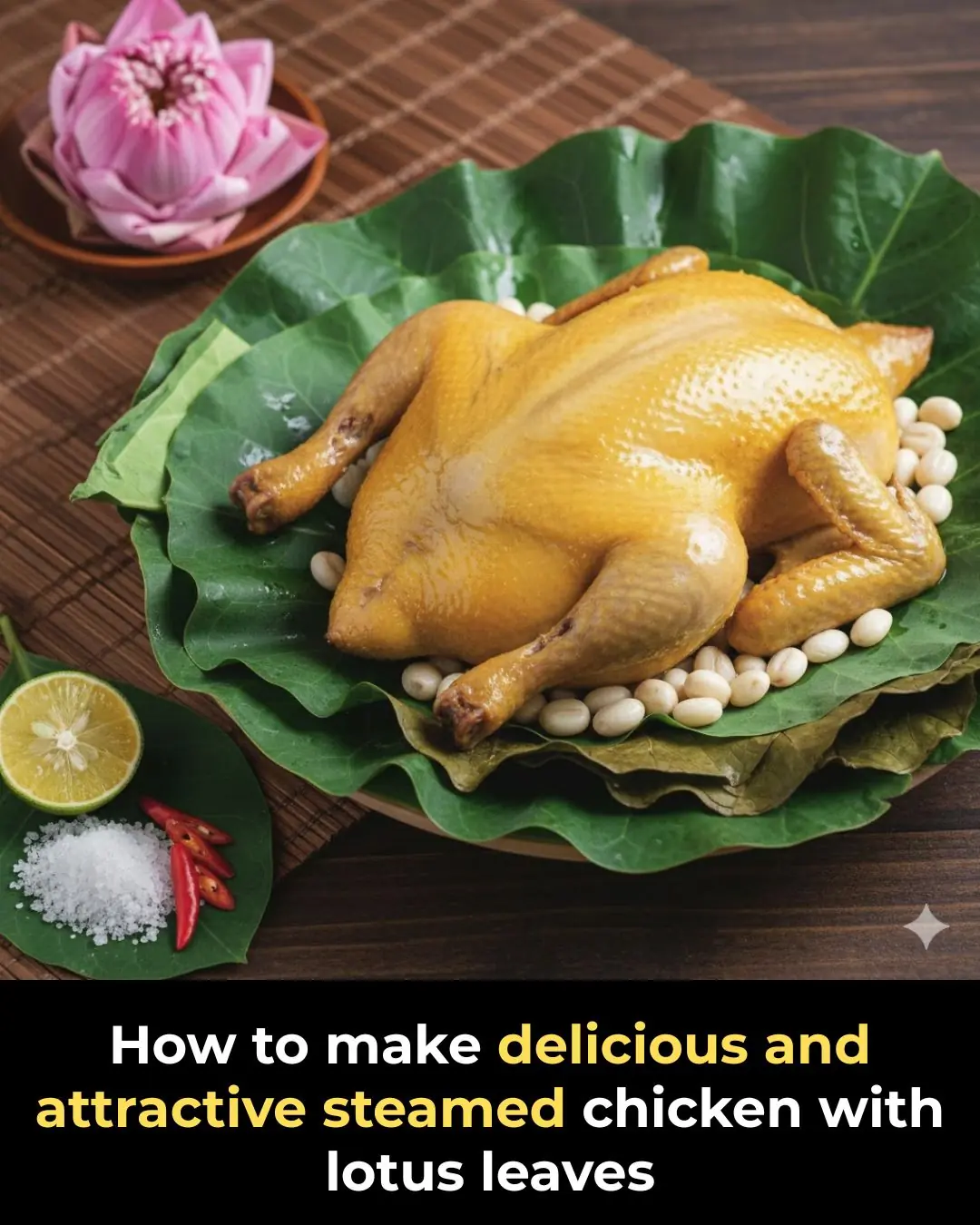
How to make delicious and attractive steamed chicken with lotus leaves

Add this to crab soup, the crab fat will form large, beautiful blocks.

Stick a toothpick into a bottle of essential oil, a little trick to handle all troubles that everyone loves.

Tips for growing strawberries in pots to produce large, heavy fruits that the whole family will enjoy
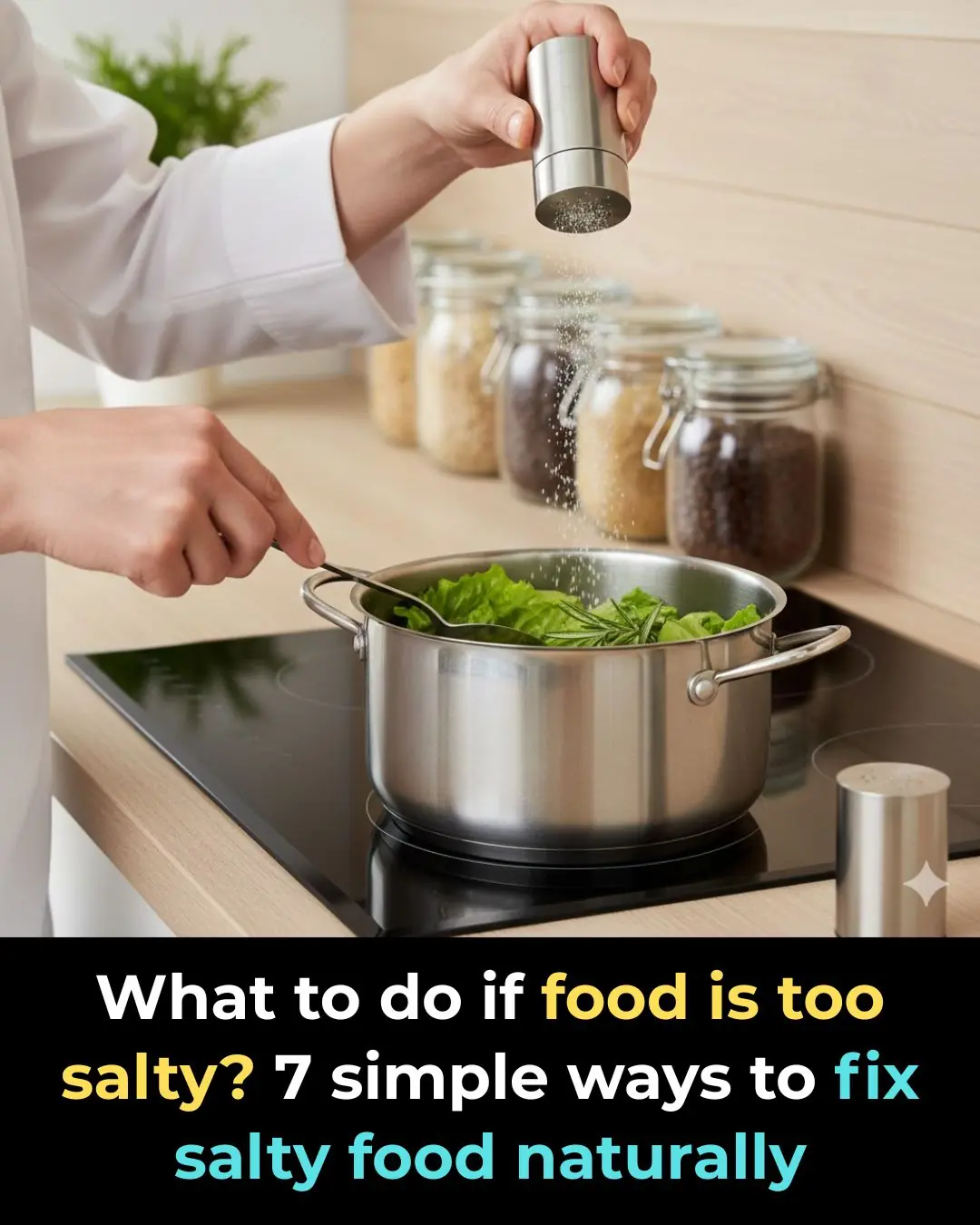
What to do if food is too salty? 7 simple ways to fix salty food naturally

When buying ham, just look at this point to know immediately whether the seller put borax in it or not?

Super fast way to defrost meat in just 5 minutes, ensuring the meat is soft and delicious, without losing nutrients
